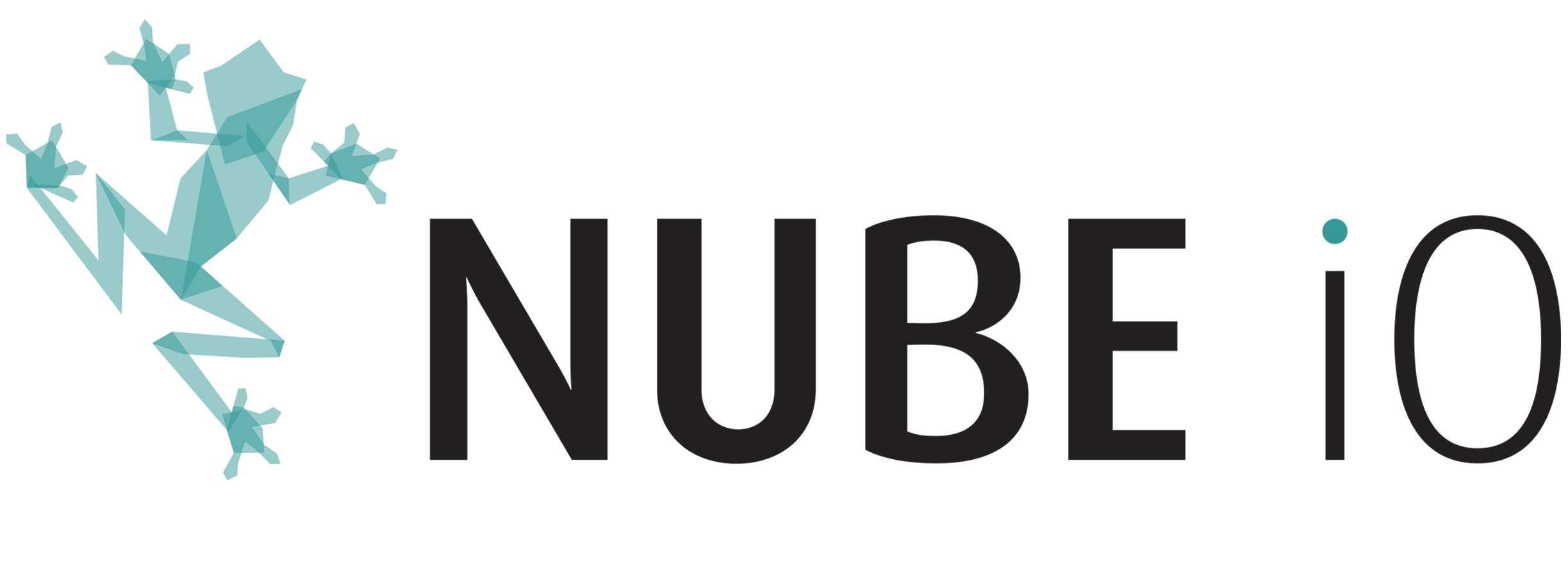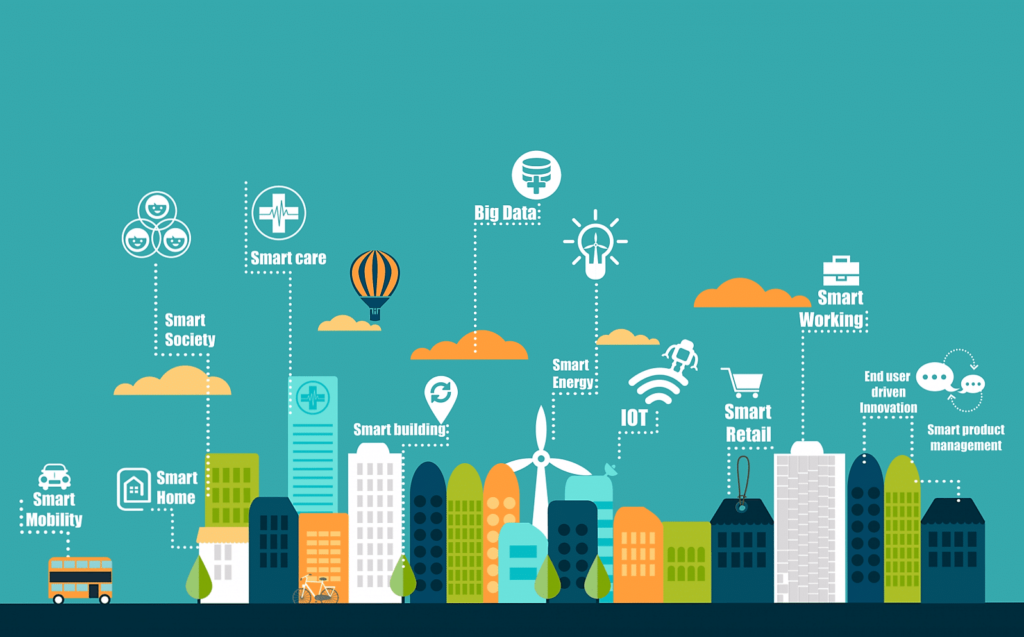The Internet of Things (IoT) has been a fertile path for innovation in the built environment. Everything ‘smart’ has some connection back to the IoT. Smart environments, smart bathrooms, smart lighting, smart HVAC, smart locks, smart screens, smart… everything! They’re all educated by a collection of connected IoT devices. This path of IoT innovation has changed course a few times over the last 30 years. To make any predictions on IoT innovation in the ‘new normal’, we need to reflect on how it started, its uses before the pandemic and how they changed during COVID-19.
IoT isn’t new, it’s been used to make our lives easier from its earliest days. In 1982 a computer scientist at Carnegie Mellon University programmed a campus vending machine to check if it had cokes in stock and if they were cold. The idea of a World Wide Web to see this on wasn’t conceptualised until 1989!
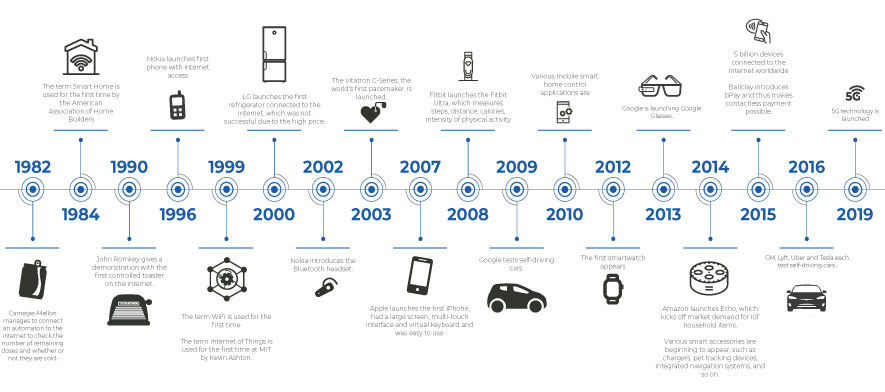
The first “thing” to be considered an IoT device was developed one year later in 1990. A toaster that could be turned on and off over the internet. A long way from the ‘smart toaster’ of today, this toaster was wired directly to the computer. It raises the question if IoT actually made things easier, or just saved someone an extra trip for a snack.
Fast forward 30 years and there is more IoT devices than people. By 2019, the internet was more available than clean drinking water and the fastest growing ICT tech trend. Social media changed the way humans talked to other humans and now IoT is an evolution for machines talking to machines.
IoT is a solution to ‘connect things’. In the built environment, we used it to go after energy efficiency in building automation of temperature, lighting and other amenities. NubeiO IoT building automations have reduced monthly energy consumed by 28% with occupancy based HVAC and lighting controls.
Why aren’t we seeing these results across the industry?
Trepidation. The property industry favours tradition and ‘the way things are done.’ The long term structure of our projects normalises inactivity and slows innovation (compared to industries like aerospace or manufacturing). Reluctance to change is a risk mitigation against a promised payoff never arriving. The property industry has been waiting to see what return on investment IoT innovation delivers before making a serious commitment.
Along comes COVID-19.
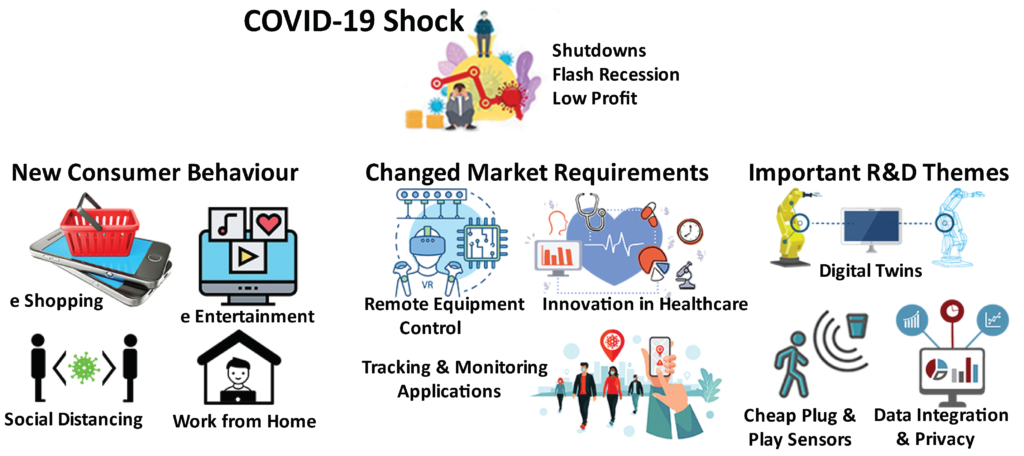
The potential of innovating with IoT became part of every ‘return to work’ conversation. Sensors, cameras and other devices offered a way to understand how places and spaces were being used. The flexibility of IoT networks means that devices can be added at any stage like when budgets become available.
‘Clean air’ and ‘social distancing’ became a core business focus to return to the life we had before going into lockdown. Proptech companies created these solutions long before the pandemic. Like Zoom and streaming companies that connected and entertained us during the lockdown, companies that could reduce our chances of getting the virus had a literally captive market. Their demand skyrocketed.
Healthcare is responsible for the biggest piece of that demand. The industry dealing with the pandemic needed to adapt and face a global problem head on. Rising case numbers added strain to overcrowded hospitals and other healthcare facilities. They needed more space, and building new or repurposing something into a healthcare facility is no easy task. The typical three year timeline to build a hospital was not acceptable. IoT’s flexibility and rapid deployment could shorten that timeline. IoT innovations also helped solve problems created by the virus;
- Proximity monitoring: with the world social distancing, proximity sensors could detect close contacts and the clever software enabled those sensors to log who it was and when it happened for accurate contact tracing.
- Respiratory sensors: a major complication of the virus was respiratory issues. Specialised devices continuously monitor patients and detect the most common symptoms of respiratory illness
- Nurse Call Systems: Typical hospital infrastructure doesn’t exist in temporary locations, but patients still need the safety and security they provide. Plug-and-play nurse call systems among others helped support facilities care for their patients.
More broadly in the property industry, the focus shifted to people counting, social distancing and contact tracing. The problem everyone wanted to solve was how to return to the office (and a ‘new normal’) as safely as possible. IoT had solutions for this shift, but was the business case strong enough to justify the investment?
No, it wasn’t.
The status quo was complying with local government regulations as cheaply as possible. Here in Australia, a ‘return to work’ retrofit meant adding signs reminding people to keep 1.5m apart and stickers telling people where to sit.
An extreme use case was using thermal cameras to check body temperatures on arrival. The protocol was to send someone home with a body temperature over 38ºC. Issues for anyone who cycles to work aside, there was a financial problem. Cameras require a qualified medical person to operate and perform the checks. A large Australian bank deployed this across 25 corporate offices and spent over $1.2 million per month just on the medical resource!
A global pandemic wasn’t enough to make a serious commitment to IoT innovation. The option to pay someone to manually count people remains the preferred option to deploying IoT people counters. Even if its more expensive, the habit of using a paid resource is hard to shake for substantial change in technology and process. The industry is still waiting to see what happens.
As we slowly return to a ‘new normal’, IoT use cases have evolved. Capital investment plans have moved past managing the pandemic to consider what is next;
- Instead of proximity monitoring there is interest in counting the number of people and where they are in a space.
- Instead of contact tracing and who came in contact in space there is a focused interest on visitor or customer engagement and how to engage with them in a space.
- Instead of how occupied and which days at a site the interest has shifted to why they came to site at all.
What is the ‘new normal’?
How is life ‘post-pandemic’ different from ‘pre-pandemic’?
Sadly, the data needed to find an answer doesn’t exist. Our baseline for ‘normal’ is from 2019 and the infrastructure wasn’t put in place. The property industries super low tolerance to risk rejected investment in the infrastructure that had answers. Industry wide data sets on people in a space, how much energy was used in August or how fresh the office air is was not a priority. Apart from a few ‘pilot cases’, properties didn’t prepare for the insights we need today.
Happily, IoT has continued to gain momentum down the path of innovation.
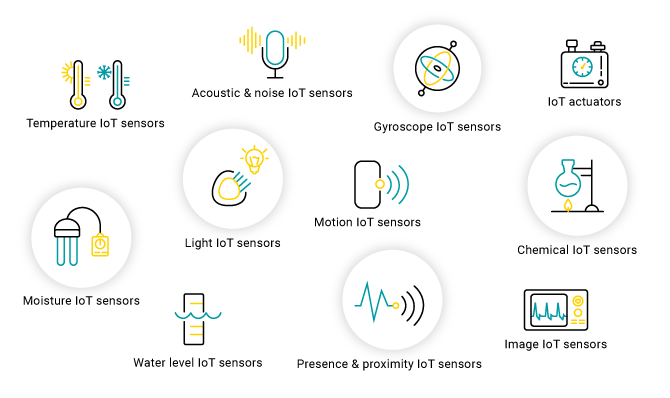
The pandemic hasn’t changed IoT in property like other industries. But it did create a screaming demand for ‘smarts’ and flexibility in everything we do. Luckily, the flexibility to make any ‘thing’ smarter is the main benefit of the internet of things. It continues to be the fastest growing tech trend post-pandemic.150,000+ devices are predicted to be connected per minute in 2025. What has changed is the use cases charging down the path of IoT innovation.
Our personal lives are already full of ‘smart’ devices, it won’t take long for ‘smart’ to become the new normal.
Find out how IoT can benefit you or your properties by getting in touch at:
+61 2 7906 8414
info@nube-io.com


